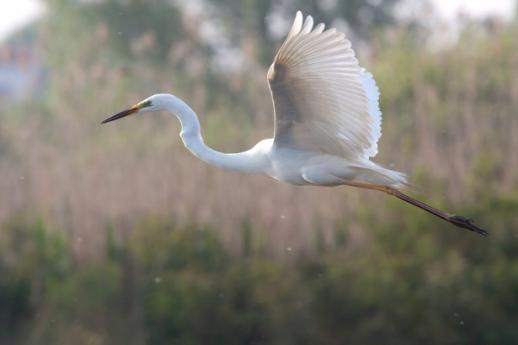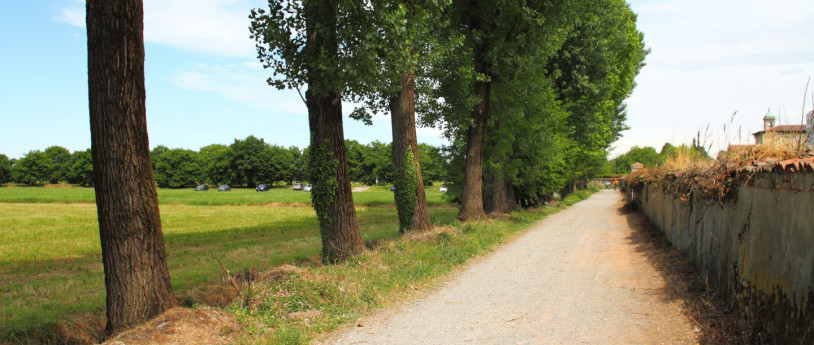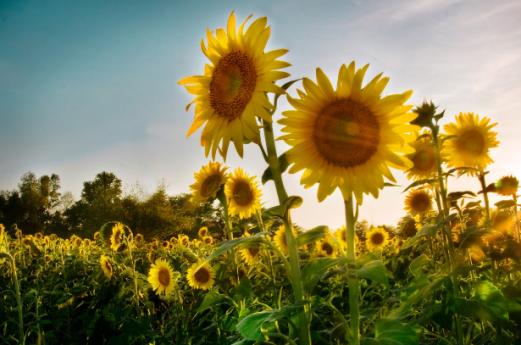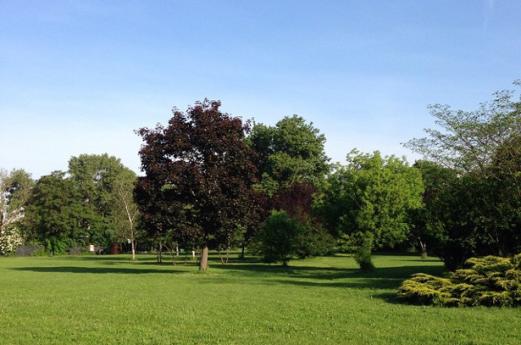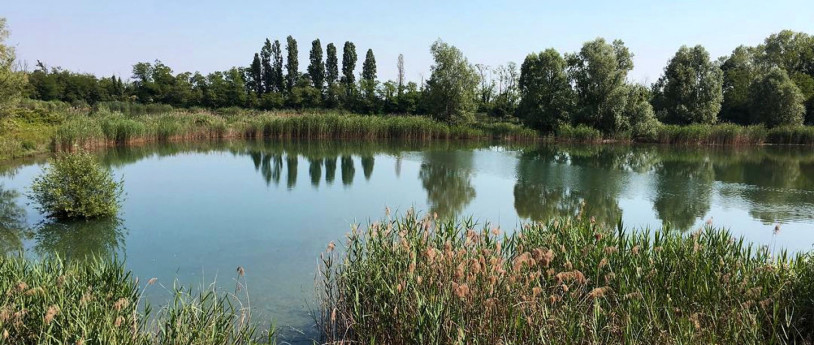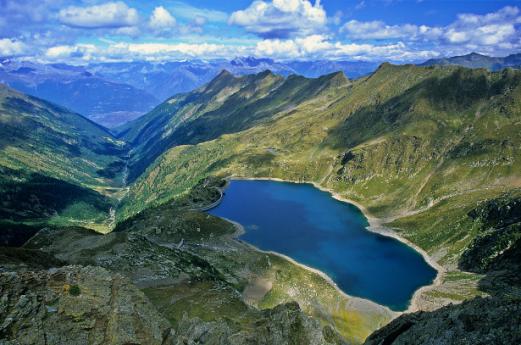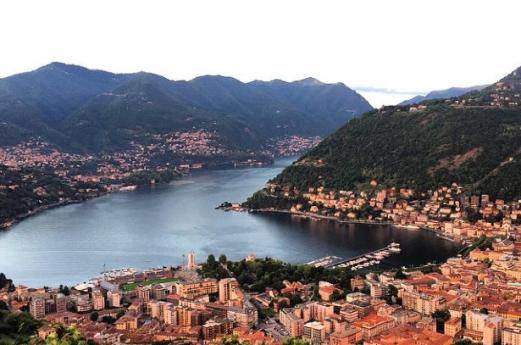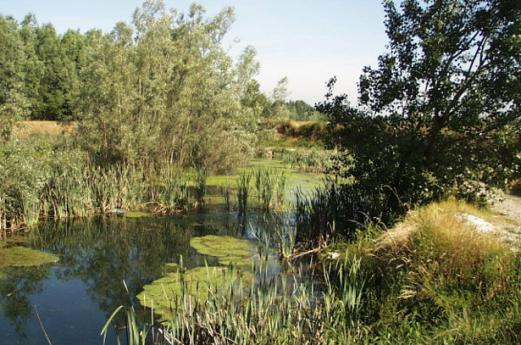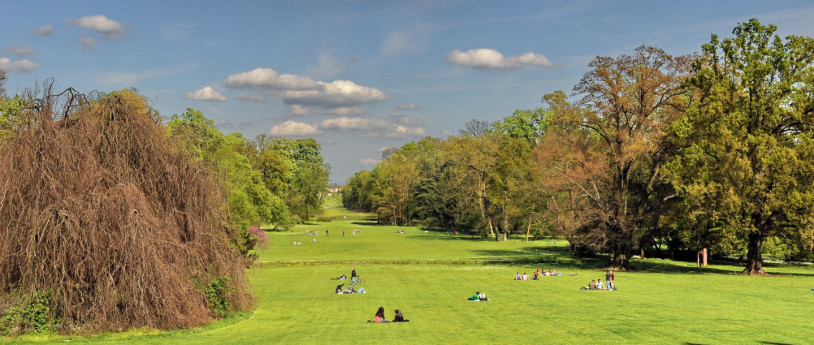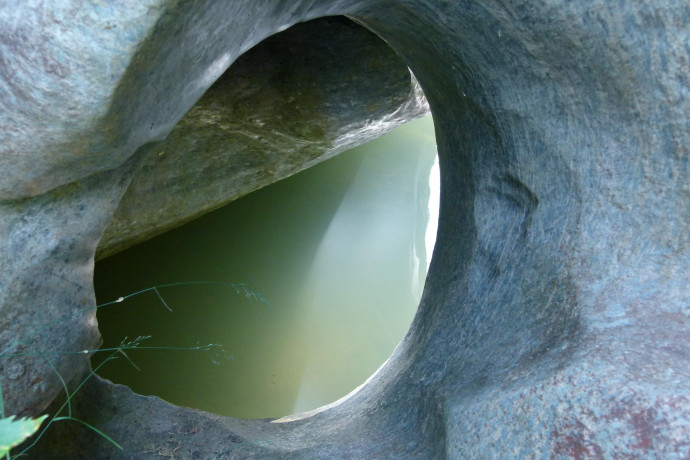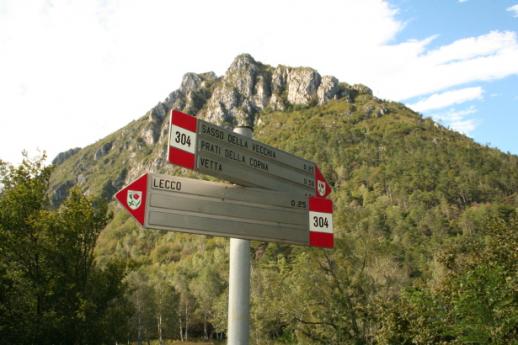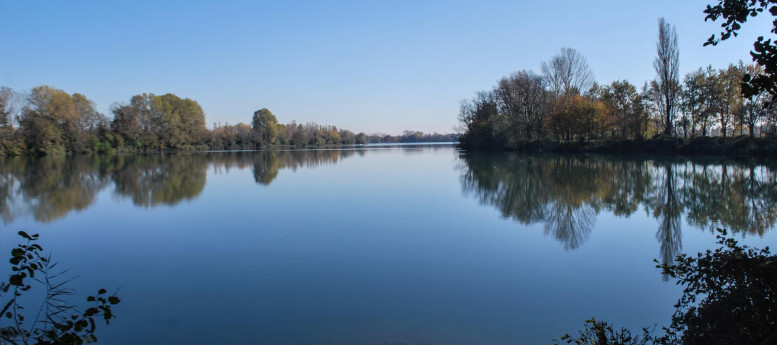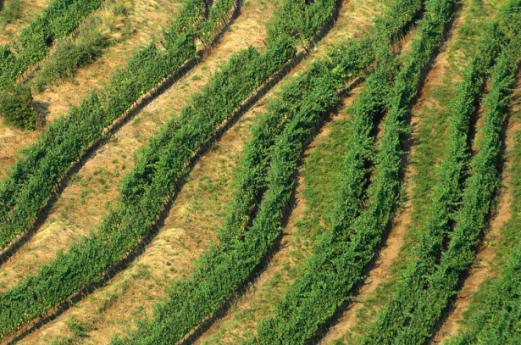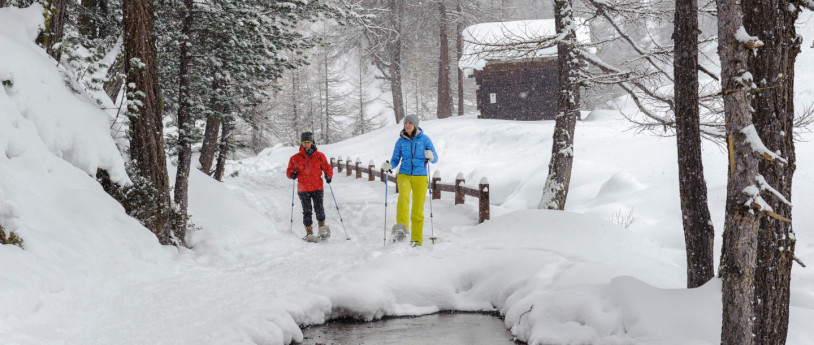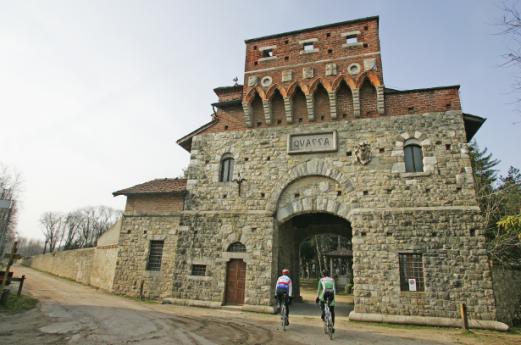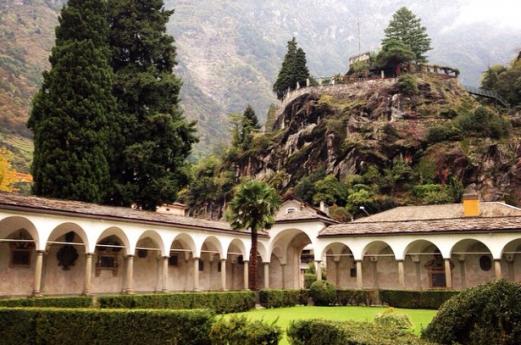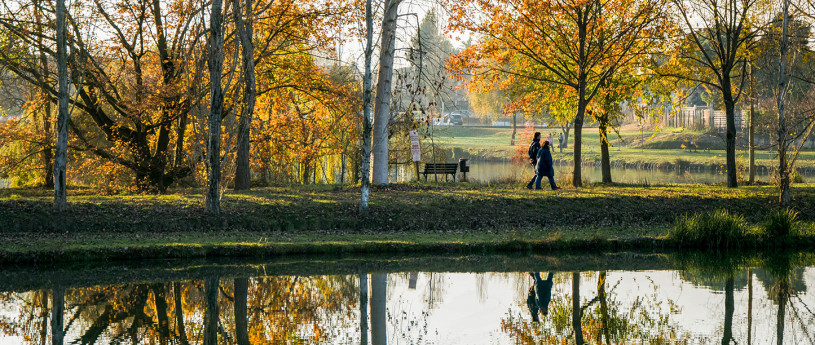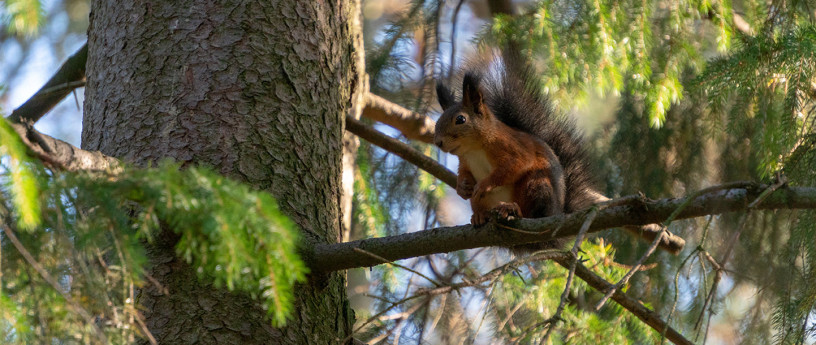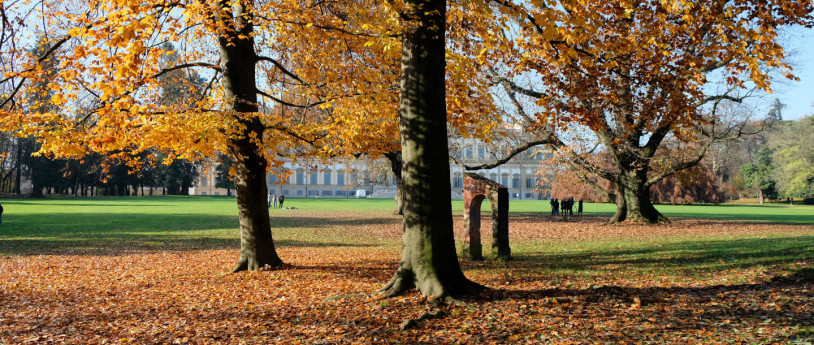- Parks
- Active & Green
Monza Park and its green Giants
Oaks, beeches, horse chestnuts, a monumental cedar of Lebanon and an American redwood. You’ll see centuries-old trees from all over the world along the trail of the Green Giants that runs through the gardens of the Villa Reale and Monza Park. Here are our tips.
WHERE TO START
The trail of the Green Giants is a spectacular walk that anyone can enjoy. In just over 5 km you will experience all the magnificently unspoiled nature of a truly unique green lung. It starts at the Orangery of the Villa Reale (royal summer residence), which was originally used to grow citrus fruits, tobacco, cocoa and coffee beans. At the back of the Villa, on a large expanse of carefully tended lawn, you will see the first Giants - a collection of “solitary” old beech trees planted during Napoleon's reign.
HIS MAJESTY THE GINKGO
Remaining in the Royal Gardens, the trail continues along the long, straight, narrow path leading from the Villa Reale, crossing the “Roggia Principe” irrigation canal and drawing you inexorably towards the twin oak trees, included on the list of Italy’s monumental trees. Step onto the lawn to take in a magnificent ginkgo, native to China and typically found in Japan and turn around to savour all the splendour of the large American redwood, so-named for its distinctive, reddish-coloured trunk. Next to the Palace is a tulip tree, and when Autumn comes its colours are reminiscent of a painting. A monumental cedar of Lebanon closes this corner of the Gardens.
ALONG THE “VIALE DEI CARPINI”
At this point, the walk leaves the Royal Gardens and takes you right into the heart of the 19th-century Monza Park. Beyond the outer wall separating the Gardens from the Park, you can admire the Cavriga Pavilion, a superb example of neoclassical architecture; a little further on, you’ll see the Cascina San Fedele with its Neo-Gothic facade and the lawn of the former racecourse. Then onto the splendid “Viale dei Carpini”, a grassy avenue lined with two rows of large hornbeam topiary balls, which once united the Villas Mirabello and Mirabellino, residences of the Durini family in the 17th and 18th centuries. Continuing towards the small rise of Vedano, immediately after Villa Mirabellino, a spectacular centuries-old oak tree soars towards the sky, protected by a stand of elders and yews. From here, the path enters woodlands to arrive on the Viale Vedano where a centuries-old walnut tree rises up. To the right, you can take Viale Mirabello to see the last green giant on this path: a more than two-hundred-year-old horse chestnut tree.
Here is the map
